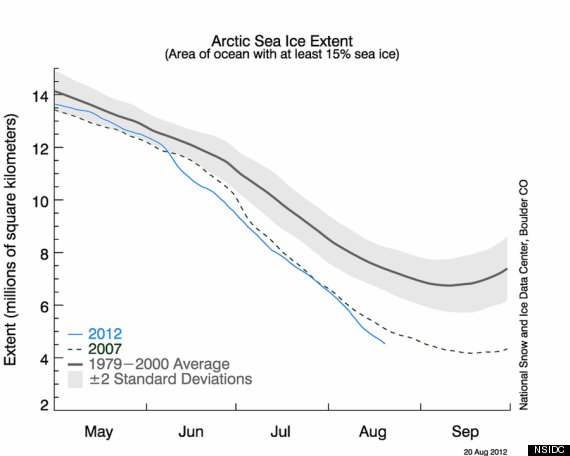Beginning on 23 September, seven GLOBE students, six teachers, five scientists and one GLOBE alum will commence on a journey through the biomes of Mt. Kilimanjaro in Tanzania, Africa. Known as “The Xpedition,” the 2012 trek marks the fifth year of this exciting journey. This year will be bigger than ever as a documentary film crew will join them. In addition, we will be sharing images via social media and posting blogs from the mountain.

Mt. Kilimanjaro
Background: The Xpedition began in 2008 when a team of 29 climbed Mt. Kilimanjaro to raise awareness of changes in global climates due to global warming. Deeper than that, the team wanted to look at possible solutions to problem. While on the journey, data from various GLOBE protocols were collected. In 2012, the plan is the same: collect data through the distinct biomes of Mt. Kilimanjaro through the GLOBE Seasons and Biomes Project.
Bloggers from the mountain will be Bob Bolton, a scientist from The University of Alaska; Maddy, a student from Boulder, Colorado; and John Wood, a teacher at Talbert Middle School in Huntington Beach, California. Each blogger will write posts centered on a specific question. Each question is different and focuses on everything from personal goals and expectations to scientific findings during the journey. This will be interesting and informative and you are encouraged to join the conversation. The first blog will be posted on Saturday, 22 September. Daily posts will continue through 2 October.
Meet the bloggers:
Bob Bolton was born in Idaho and raised in Wyoming. He moved to Alaska with his family during high school. He received his Bachelor’s degree in Geology (California Lutheran University) in 1992, his Master’s in Geologic Engineering and PhD in Hydrologic Engineering, both from University of Alaska Fairbanks. Following a post-doc in Germany, he returned to the University of Alaska Fairbanks where he is currently a research assistant professor.
Bob Bolton
John Wood was born and raised in Southern California where he earned a bachelor’s degree in biology from Chapman University in 1977 and his masters in education from California State University at Dominguez Hills in 1995. His love of science took him to Scripps Institution of oceanography and research in Alaska, after which he spent nine years with the United States Antarctic Program as the laboratory facilities manager and research diving coordinator. Entering his 23rd year of teaching middle school science, he is currently at Talbert Middle School where he also coordinates their science fair program and helps coach the track team. He is a PolarTREC teacher of 3 expeditions and a PolarEducator with the Polar Educators International (PEI). His support comes from his wife Mary and his two daughters, Natalie and Lauren.

John Wood
Maddy was born and raised in Boulder, Colorado and believes she’s been spoiled by the Rocky Mountains since she was a child. At age 15, her passion for travel took her to Sardinia, Italy where she participated as a rotary exchange student for her sophomore year of high school. She also visited Barcelona and Paris while abroad. Somewhere along the way she realized her favorite thing to be is abroad. Currently a junior at Boulder High School, she is working hard to graduate a year early so she can and study abroad in South America during a gap year. She spends a lot of time working as a swim teacher and manager at the Elks Swimming Pool in Boulder. She also volunteers regularly at soup kitchens and lives with her mom, dad and dog. Her brother is in college at the University of Colorado.

Maddy
Be sure to join the team as it travels through the distinct biomes of Mt. Kilimanjaro.








